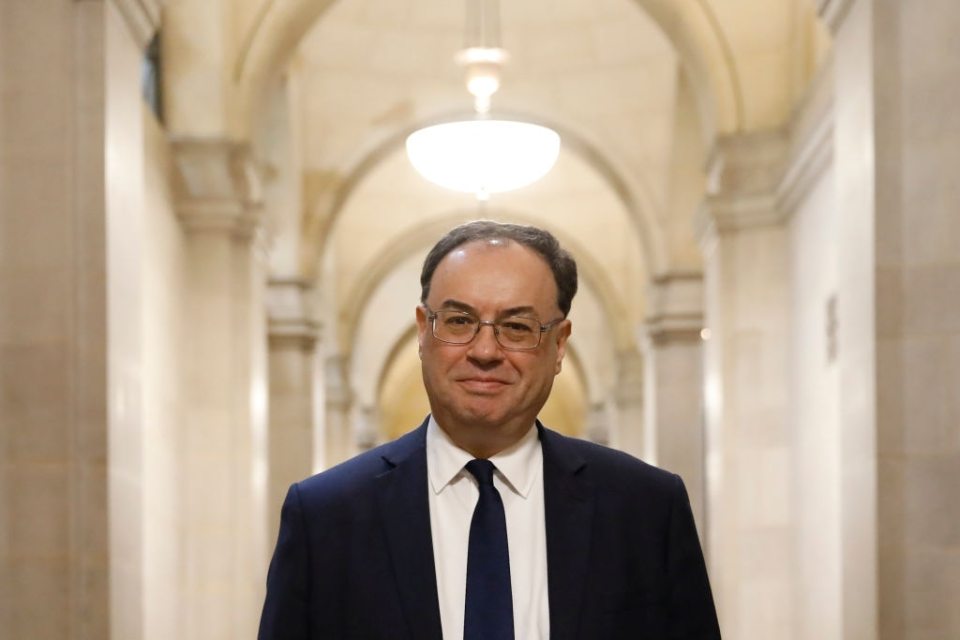Central banks are right to raise rates, even with banking on the precipice of a crisis

This morning Andrew Bailey and the Monetary Policy Committee at the Bank of England rose interest rates to 4.25 per cent, even after the shock merger between Credit Suisse and UBS, and the collapse of Silicon Valley Bank, writes Jumana Saleheen
Decisions from central banks over the last week demonstrate an ongoing effort to bring inflation back to target through interest rate rises. There had been some concern in markets that the recent banking sector stresses could result in central banks pausing their rate hikes.
Just two short weeks ago, markets were pricing in major central bank hikes as a matter of certainty. This was on the back of stronger-than-expected inflation data and a resilient labour market.
Then came the concerns about the US banking system. It spilled over to European and global banks, leading to a sharp fall in banking stocks.
Last week many analysts were nervous that the European Central Bank (ECB) would not follow through with its pledge in February to hike by a further 50bps at its March meeting. Similarly, as markets opened this week, markets regarded the Federal Reserve (Fed) and Bank of England (BOE) decisions as a coin toss between no change and 25bps. Underpinning this change of heart was an assumption that central banks may use an interest rate pause to calm and reassure markets.
The Bank of England raised rate by 0.25 per cent today citing elevated price pressures. Last Thursday the ECB raised its key interest rates by 0.50 per cent, with the Fed following yesterday, with a 0.25 per cent increase.
There is a famous rule in economics – called the Tinbergen rule – that states that there should be one tool for one policy target. Trying to use one tool to achieve two targets risks achieving neither. Taken literally this rule would tell us that central banks should reserve their interest rate tool to address inflation and inflation alone.
This is particularly so because following the Global Financial Crisis, central banks have an expanded mandate that includes financial stability – and a larger toolkit to handle financial stress, including liquidity provision and special bank funding programs.
That said, interest rate policy should take account of banking stress, to the extent that it affects the inflation outlook and the risks around it. For example, more conservative banks or banks with weaker balance sheets, may respond to the banking stress by reducing their provision of credit to lenders. Were this to happen, it would lower demand and weigh on inflation.
Indeed, this sentiment was reflected in comments by Fed Chair Powell who acknowledged that the potential restriction of credit can be thought of as “being the equivalent of a rate hike, or perhaps more than that”.
My view is that it is too early to have reliable data on how credit conditions have responded to the banking stress, and how durable any change might be. The MPC minutes released by the BOE this morning stated that “it was unclear how credit conditions and economic activity might be affected by recent banking sector stress”.
What is certain is that monetary policymakers would have discussed these issues at their policy meeting. They would have been mindful of policy mistakes. The possibility that central banks raise rates higher than they need to be remains a real one. At the same time, the opposite risk is also true: central banks could be too loose, and not raise rates high enough to combat persistent and stubborn inflation.
Major central banks raised rates despite the recent banking sector stress. They have all confirmed that they have alternative tools to deal with financial stability risks, and that they will not hesitate to use them. They all seem to be singing from the Tinbergen hymn sheet. The job for now has been well done.
